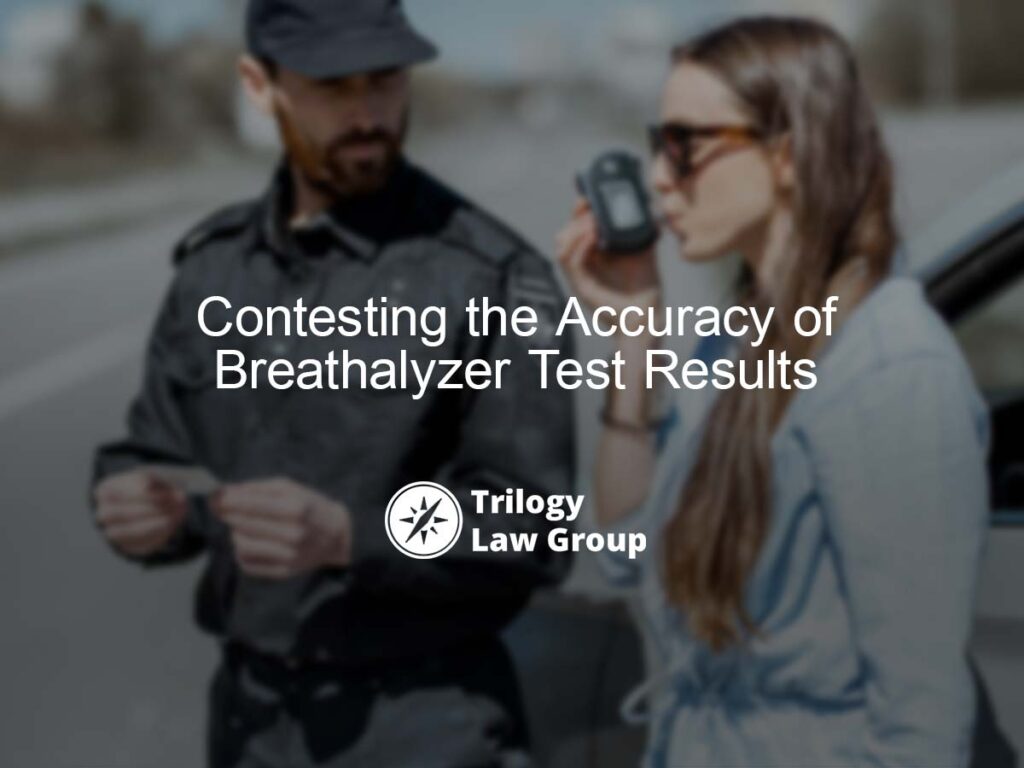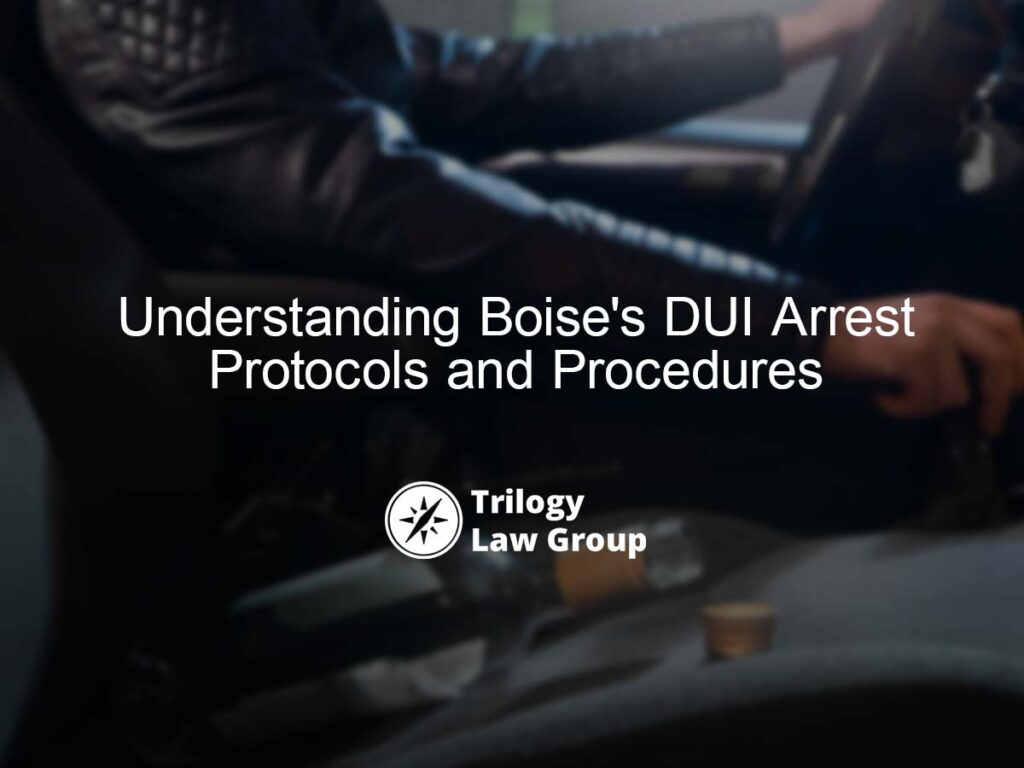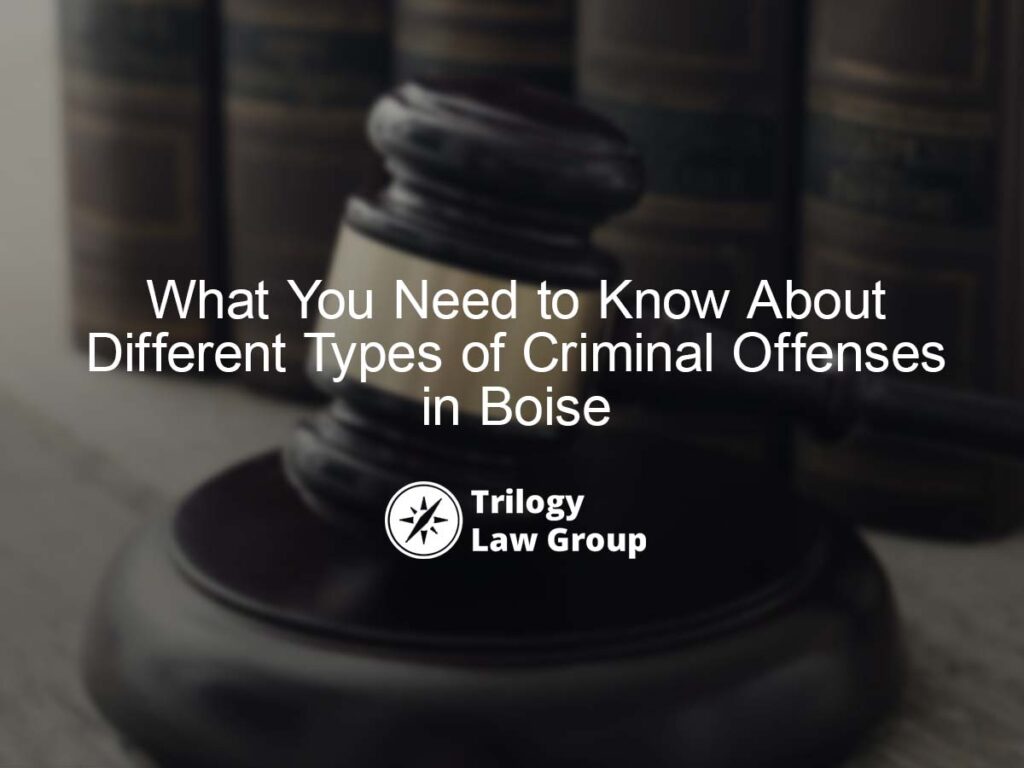Field sobriety tests are used to enforce DUI laws in Idaho. The police perform these tests after a traffic stop upon suspicion that you may be drunk. It allows the officer to observe your physical ability, balance, and attention level. If you are arrested for driving under the influence, reach out to a DUI defense lawyer.
There are several field sobriety tests used in Boise, ID. These techniques ensure the police have probable cause to arrest you on DUI charges. If you fail, the officer will request you take a chemical test to confirm your blood alcohol content (BAC). However, if not properly conducted, you can escape a charge.
This article discusses the different field sobriety tests used in Idaho and how they work.
The Major Field Tests Used in Boise, ID
There are three standardized field sobriety tests endorsed by the National Highway Traffic and Safety Administration (NHTSA). These tests are commonly used to evaluate suspected impaired drivers. They include:
-
Horizontal Gaze Nystagmus (HGN)
HGN is the first sobriety test usually administered by the police on suspicion of intoxication. It involves checking your eyes. During the examination, the officer looks for involuntary jerking of your eyes from side to side. Alcohol has the effect of exaggerating the reflexive movement of the eyes.
The police usually administer the HGN test in a bright place or with a flashlight. You will be asked to follow an object with either a pen, flashlight, or finger with your eyes.
The HGN test instructions as provided by the NHTSA are as follows:
- Please remove your glasses (if worn).
- Put your feet together, hands on your side. Keep your head still and look at and follow this stimulus with your eyes only.
- Keep looking at the stimulus until told the test is over.
- Do not move your head.
- Do you understand the directions?
There are some signs of intoxication the police use this test to check for. They include:
- Lack of smooth pursuit in the left and right eyes.
- Distinct and sustained nystagmus at maximum deviation in the left and right eyes.
- The onset of nystagmus before 45 degrees of center.
- Checking for vertical gaze nystagmus.
-
Walk and Turn Test (WAT)
The walk-and-turn test is usually the second test administered on a driver suspected to be impaired. It is based on the concept of divided attention and is designed to measure your ability to follow directions and maintain balance.
To perform this test, you will take nine heel-to-toe steps along a straight imaginary line. During the walk, you must keep your arms to your side and count each step aloud. Upon reaching the endpoint, you must turn around and return to the starting point.
The test measures your ability to remember a series of steps while dividing attention between physical and mental tasks. According to the NHTSA guidelines, the walk-and-turn test instructions are as follows:
- Put your left foot on the line. Then place your right foot on the line ahead of your left, with the heel of your right foot against the toe of your left foot.
- Do not start until you’re told to do so.
- Do you understand (must receive an affirmative response)?
- When told to begin, take nine heel-to-toe steps on the line (demonstrate) and take nine heel-to-toe steps back down the line.
- When you turn on the ninth step, keep your front foot on the line and turn taking several small steps with the other foot. Then, take nine heel-to-toe steps back down the line.
- Ensure you look at your feet, count each step out loud, keep your arms at your side, ensure you touch heel-to-toe, and do not stop until you have completed the test.
- Do you understand the instructions?
- You may begin.
- If you do not understand some part of the instruction, the officer will explain it again.
You should also understand the signs of intoxication the police will look out for. They include:
- Difficulty in maintaining balance during instructions
- If you start too soon
- Inability to walk heel-to-toe
- Making an improper turn
- If you stop walking
- Incorrect number of steps
- Uses arms for balance
- Stepping off the line, etc.
-
One Leg Stand (OLS)
OLS is a divided attention test. First, the police will tell you to stand on one leg for 30 seconds. Then, you’ll raise one of your legs six feet above the ground. Your eyes remain on your raised feet, and your arms are kept at your side.
The police use this test to measure balance and coordination. Note that this test is not administered to this restricted category of persons:
- People with medical conditions
- Persons with injuries
- People who are 65 years or older
- Persons who are overweight
The proper instruction for this test, as provided by the NHTSA guidelines, are as follows:
- Stand with your feet together and your arms at your side.
- Maintain position until told otherwise.
- When told to, raise one leg, either one, approximately 6 inches off the ground, foot pointed out, both legs straight, and look at the high foot. Count out loud in the following manner: 1001, 1002, 1003, 1004, and so on until told to stop.
- Do you understand the instructions?
- You may begin the test.
With the one-leg stand test, the police look for the following clues for intoxication:
- You sway while balancing
- Uses arms for balance
- Hopping
- Putting your foot down
The above field sobriety tests have been widely criticized as being designed to fail. The results are usually at the discretion of the officer. On most occasions, they are not 100% accurate.
Also, several factors such as age, weight, disease, etc., can influence your performance on the test. Therefore, it is critical to involve a DUI lawyer to help challenge the result.
Can I Refuse a Field Sobriety Test?
Improperly administered field tests are not valid evidence of intoxication. When the police stop you on suspicion of DUI, they already form a judgment about you. Taking the tests adds proof to the DUI charge. If convicted, you face stiff penalties.
You can decide to refuse the field sobriety test. However, your refusal attracts consequences. The Idaho Code deals with the penalties and suspension for refusal. The penalty ranges from fines of $250, driver’s license suspension, or mandatory installation of an ignition interlock system.
How Can a Criminal Defense Lawyer Help You?
Field sobriety tests can be nearly impossible to pass, even when sober. In addition, DUI convictions attract strict penalties that can affect you. So, you need a lawyer that can fight aggressively for your rights.
At Trilogy Law Group, we know how to challenge the different types of field sobriety tests. We invite you to reach out to our criminal defense lawyers, for a free consultation.




